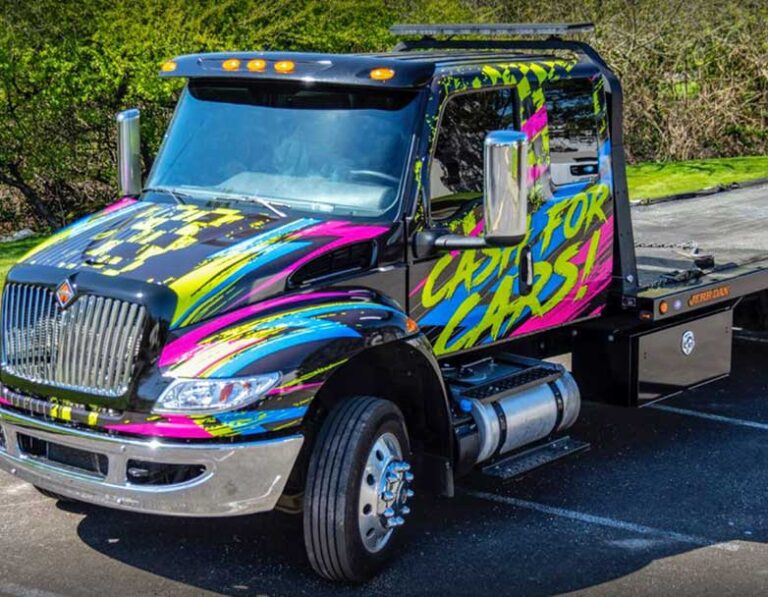The junk car buying industry is as fascinating as it is functional, providing a pivotal service while adapting to shifts in both the automotive market and environmental regulations. With its roots stretching back to the very inception of the automobile, junk car buying has witnessed significant milestones and continues to evolve today.
To those who’ve never dealt in this fascinating tangent of the automotive world, the concept of purchasing vehicles designated ‘junk’ may seem obscure. However, for car enthusiasts and environmentalists alike, understanding the roots of the junk car buying industry illuminates a little-known aspect of our car-centric culture.
The earliest junk car dealings were likely informal, with scrap metal being the principal interest. Yet, the industry has matured alongside the automotive landscape, contributing to a robust, if understated, component of the economy.
Early Beginnings
The origins of junk car buying in the United States can be linked to the first influx of automobiles. As these early vehicles faced mechanical issues or were simply surpassed by newer models, the question of what to do with them arose. Salvage yards, often tied to the scrap metal and military surplus trade, became the initial repositories for these once-cutting-edge machines.
The salvage yard of yore was a disorganized conglomeration of parts, cogs, and the occasional classic car. Over time, the systematization of these enterprises gave birth to what we now recognize as a critical part of the automotive ecosystem.
Major Milestones
Throughout the 20th century, the junk car buying industry underwent several significant changes. One early milestone was the recognition by car manufacturers that even their ‘junk‘ cars were a resource, offering opportunities for recycling and repurposing that extended beyond mere steel and rubber.
Additionally, global conflicts brought both an influx of junk cars and a demand for scrap metal, enforcing the critical role of the industry. These shifts in perception and need underscored a growing understanding of the value contained within each seemingly obsolete vehicle.
Regulatory Changes
With the recognition of this value came the need for regulation. Environmental concerns, particularly those related to the disposal of hazardous materials found in older vehicles, prompted government intervention. The Clean Air Act and the creation of the Environmental Protection Agency signaled a new era for the junk car industry, obliging a more careful, eco-friendly approach.
These regulations drastically changed the processes and practices within junk car yards, leading to the development of more sophisticated systems for car disposal and part retrieval. Today, these regulations continue to evolve, ensuring that the industry’s operations remain responsible and in harmony with environmental best practices.
Current Trends
The modern junk car buying industry is marked by the incorporation of technology. Today’s junkyards are far cries from their early predecessors, with many operating as highly organized, even data-driven, businesses. The rise of online platforms for buying and selling junk cars has extended the reach of these services, streamlining the process for both buyers and sellers.
Another notable trend is the emphasis on sustainability. Beyond mere regulatory compliance, many junk car buyers are now committed to recycling and reusing as much of the vehicle as possible. This green-oriented approach reflects not only the current societal values but also the industry’s own understanding of the long-term benefits of environmental stewardship.
Conclusion
The story of junk car buying in the USA is a tale of adaptation and evolution. From its roots in the scrap metal trade to today’s complex, tech-driven enterprises, the industry has proven itself remarkably resilient. By recognizing the value in seemingly obsolete vehicles, it has not only survived but thrived, adapting to serve the needs of the modern automotive ecosystem.
Future Outlook
Looking ahead, the future of junk car buying in America is bright with intriguing possibilities. As electric vehicles become more prevalent, the industry will face new challenges and opportunities. Furthermore, emerging technologies like artificial intelligence and robotics may pave the way for even more efficient and sustainable practices.
For car enthusiasts, the junk car buying industry stands as a testament to the ever-changing face of the automobile, providing a unique lens through which to view its evolution. Whether it’s for the classic car restorer or the conscientious consumer, the range of services provided by junk car buyers is set to expand, attuning to the cultural shifts that continue to define our relationship with cars.



